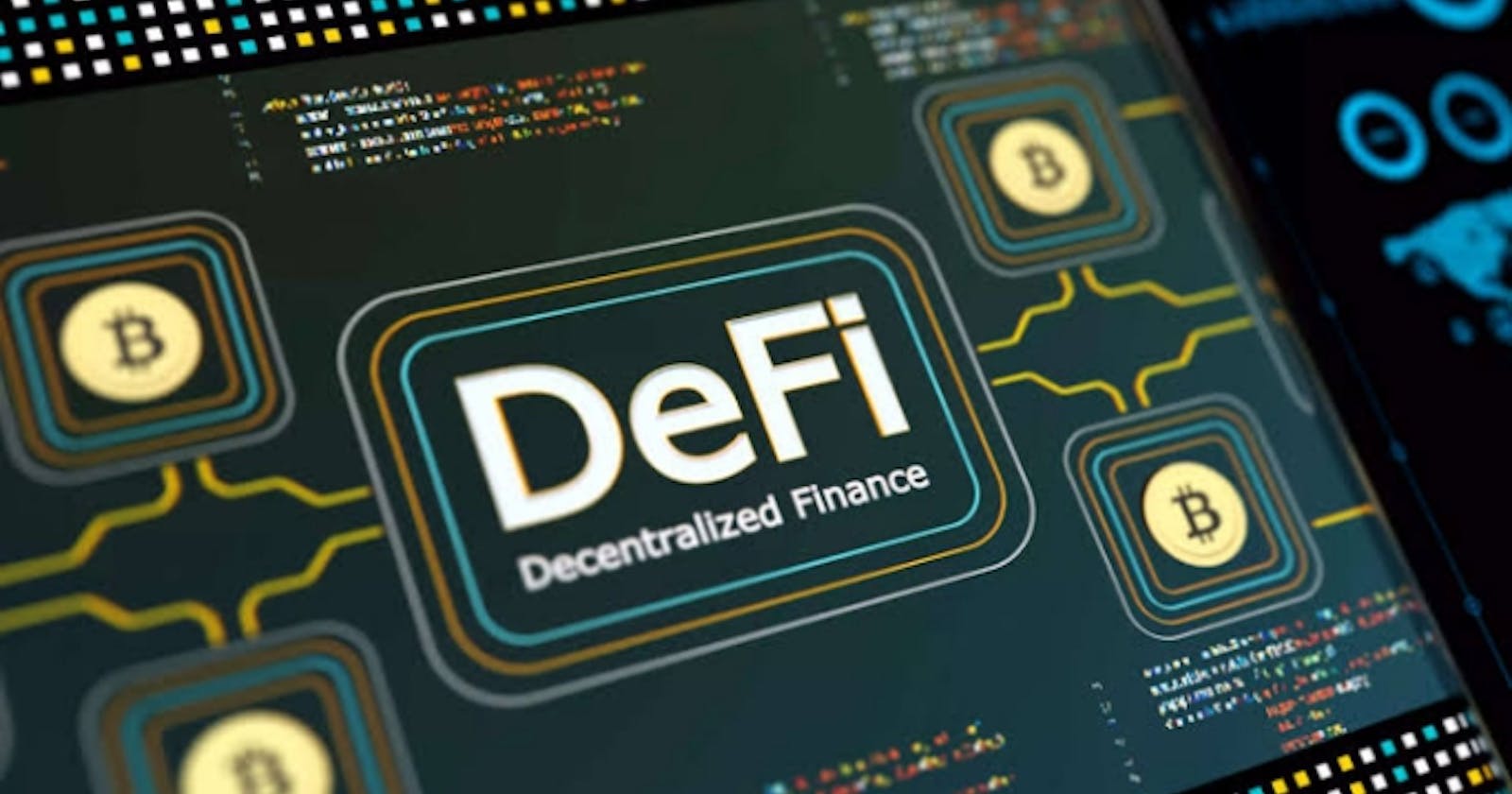DeFi, previously called "open finance" is referred to as financial applications built on blockchain, mainly Ethereum,that do not need intermediaries such as government agencies, banks, or exchanges to execute and can be accessed by anyone with an internet connection using smart contracts. DeFi radically changes the way we use financial instruments.
What are the infrastructures of DeFi?
Blockchain: The backbone for DeFi operations is a Blockchain. Transactions are stored and recorded in blocks and cryptographically chained with one another. Blockchains are possible due to a “Consensus Protocol”, a set of rules that determine the types of blocks that can be part of the chain and become the “truth”. Blockchains generally use a “Proof of Work” consensus protocol, or alternative mechanisms such as the “Proof of Stake”.
Cryptocurrency: The most popular application of Blockchain is Cryptocurrency. A Cryptocurrency is any form of currency that exists digitally or virtually and uses cryptography to secure transactions.Cryptocurrencies are themselves a Blockchain innovation.
Smart contracts: A smart contract is a computer program or a transaction protocol which is intended to automatically execute, control or document legally relevant events and actions according to the terms of a contract or an agreement. Smart Contracts go beyond finance and have applications as diverse as video games or the incredible Decentraland, which allows you to create, explore and trade in a virtual world (Metaverse). Other applications of Smart Contracts are in data management, a supply chain with a powerful IoT, electoral processes, claims to insurers, traceability of merchandise in containers worldwide, copyright and intellectual property protection, and many others. Stable coins.
Decentralized Applications: dApps are a fundamental component of DeFi. These software applications are similar to traditional ones, except that they work on Smart Contracts platforms. The main advantages are the absence of permits and the independence with which they operate (without the intervention of control entities). dApps can be developed/used by anyone with a computer and internet access. Most DeFi applications today are built using the Ethereum network, but many alternative public networks are emerging that deliver superior speed, scalability, security, and lower costs.
Some of the key attractions of DeFi for many consumers are:
- It eliminates the fees that banks and other financial companies charge for using their services.
- You hold your money in a secure digital wallet instead of keeping it in a bank.
- Anyone with an internet connection can use it without needing approval.
- You can transfer funds in seconds and minutes.
Benefits of DeFi
- Transparency
- Finance control
- Permission-less
- Innovation opportunity
- Immutability
- Tokenization
Differences between TradiFi and DeFi.
Traditional Finance
- Issuing money - The state
- Transferring money -Cash
- Investing money - Stocks, Bonds
- Lending/borrowing - Banks
- Exchange asset - Exchange and brokers.
- Centralization - Centralized
- Accessibility - Not transparent
Decenralized Finance
- Issuing money - PoW/PoS reward.
- Transferring money - Cryporcurrency and token transaction.
- Investing money - Tokenized Financial Product, ICOs.
- Lending/borrowing - Tokenized P2P debut
- Exchange asset - Decentralization
- Centralization - Decentralized
- Accessibility - Transparent
Famous DeFi Projects
Some of the major use cases of DeFi includes :
- MakerDAO
- Compound
- Uniswap
- Augur
- Pool Together
- AmpleForth
Services offered by DeFi
- DeFi lending and borrowing e.g. Compound, Oasis, Aave.
- Asset management e.g. AmpleForth.
- Prediction markets e.g. Augur, Polymarket.
- Token swap e.g. Uniswap, 1inch.
Challenges associated with DeFi
- Scalability
- Uncertainty
- Concerns of Liquidity
- Shared Responsibility
The DeFi projects do not take responsibility for your mistakes. All they do is take away the intermediaries, and it is the users who have to take responsibility for their funds and assets. Therefore, DeFi space needs tools that could prevent possibilities of human mistakes and errors.

